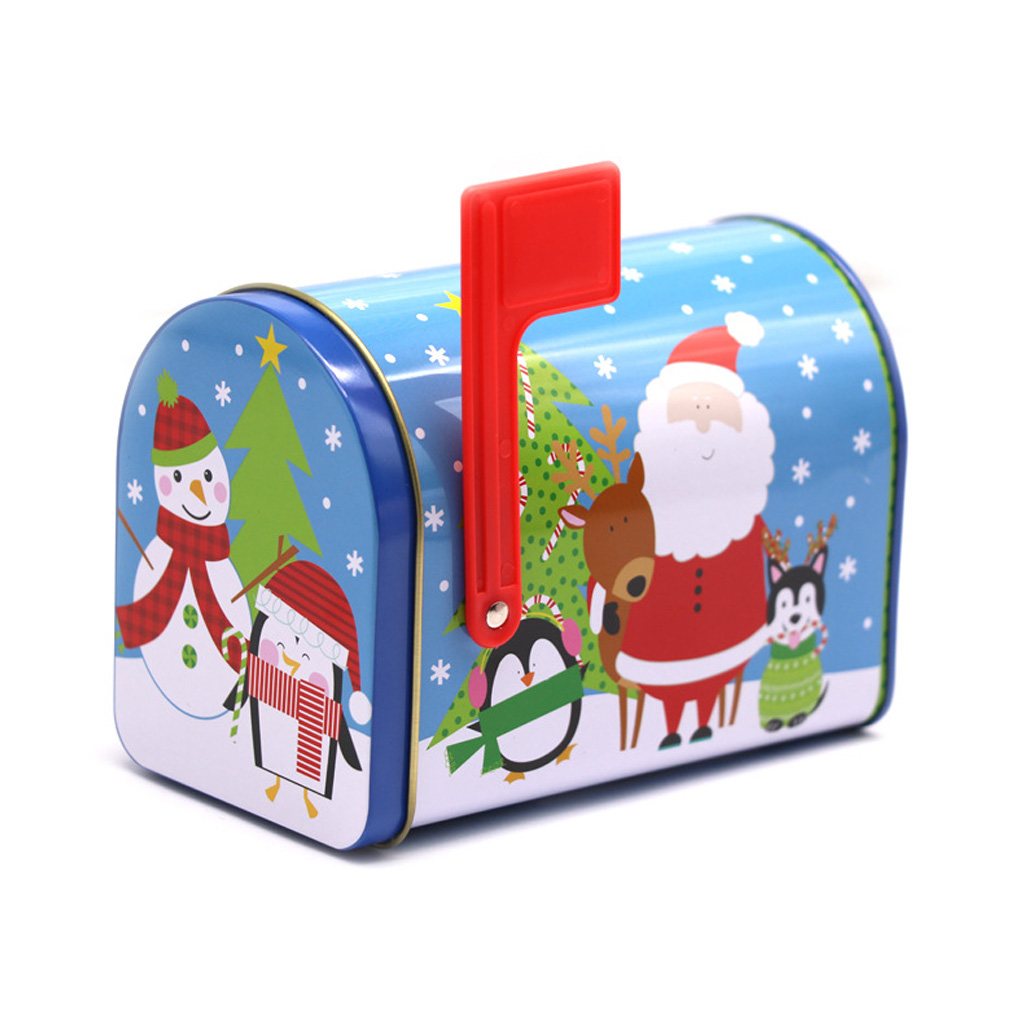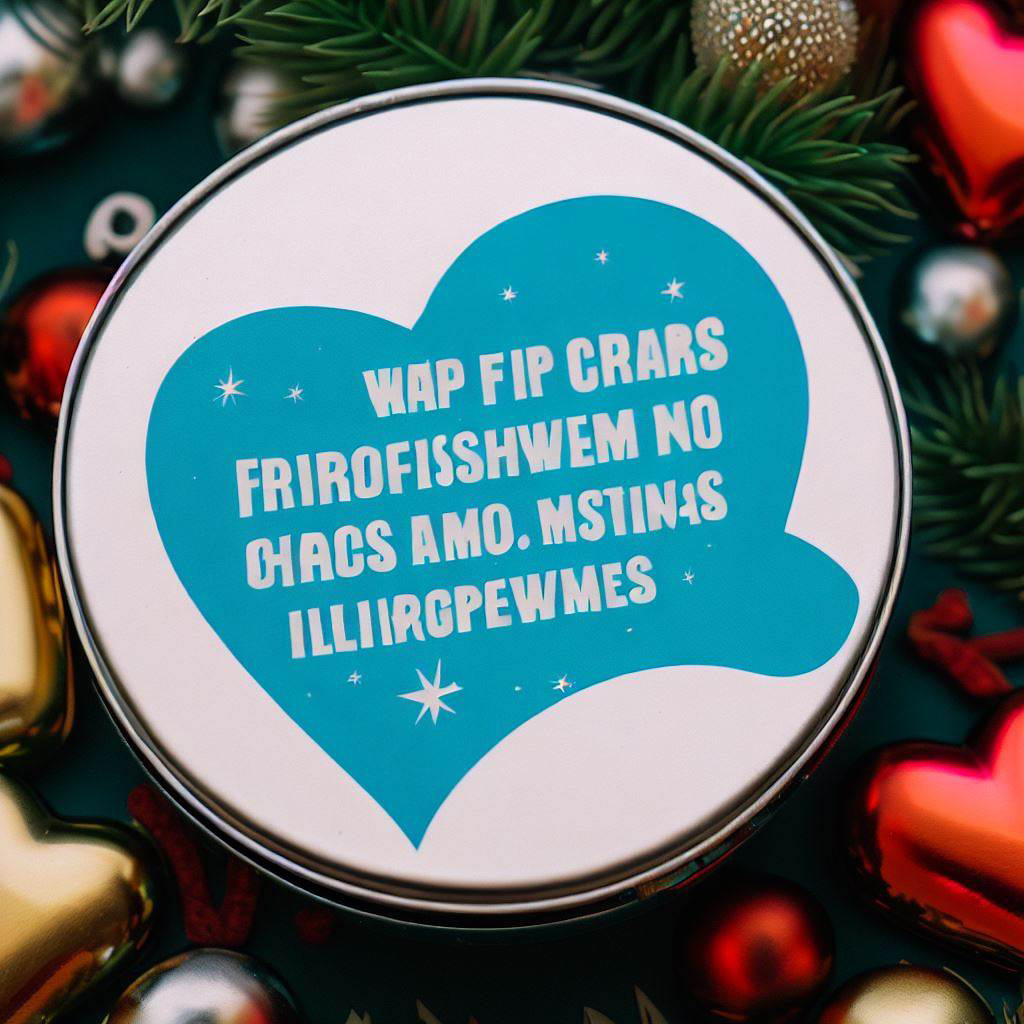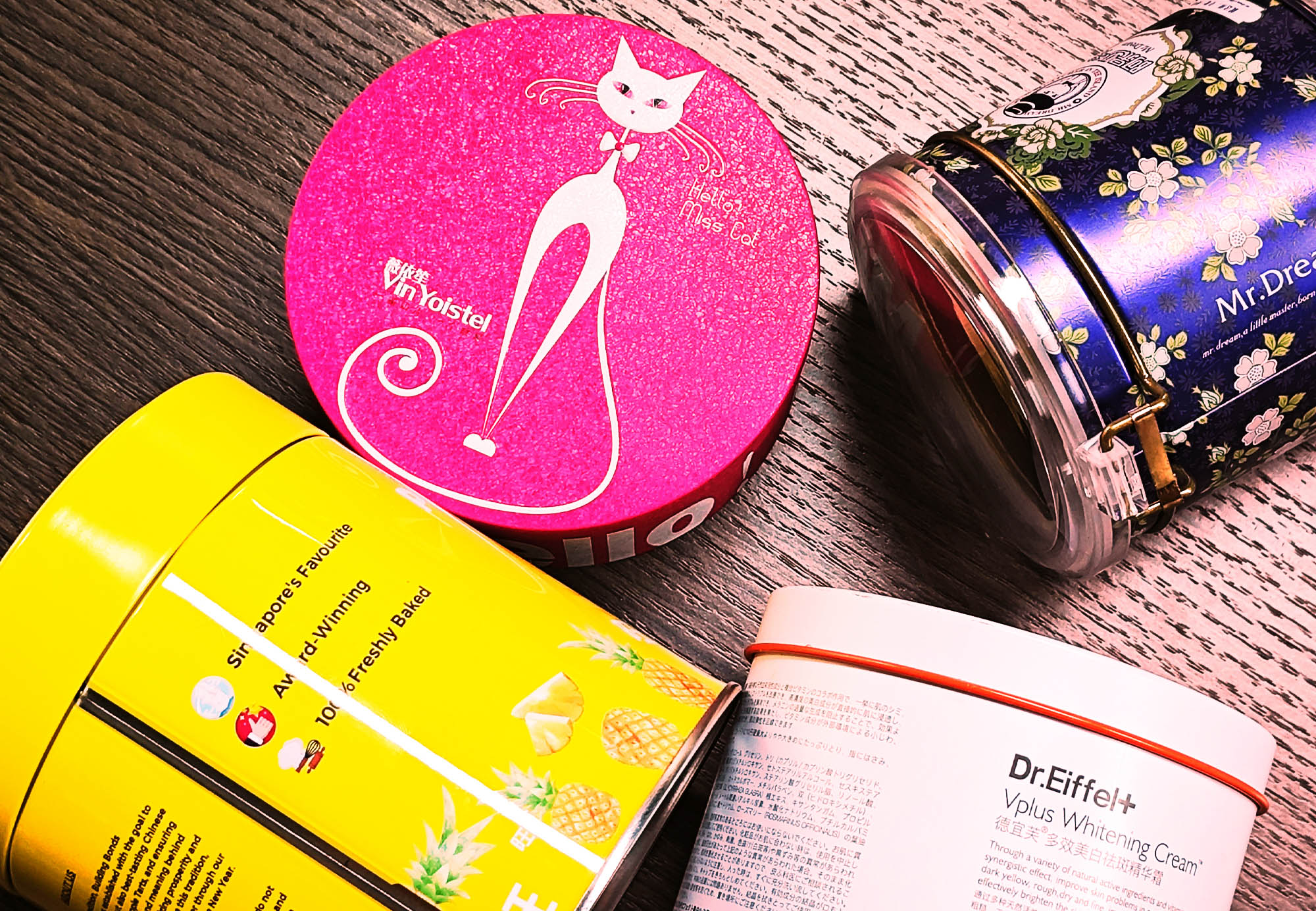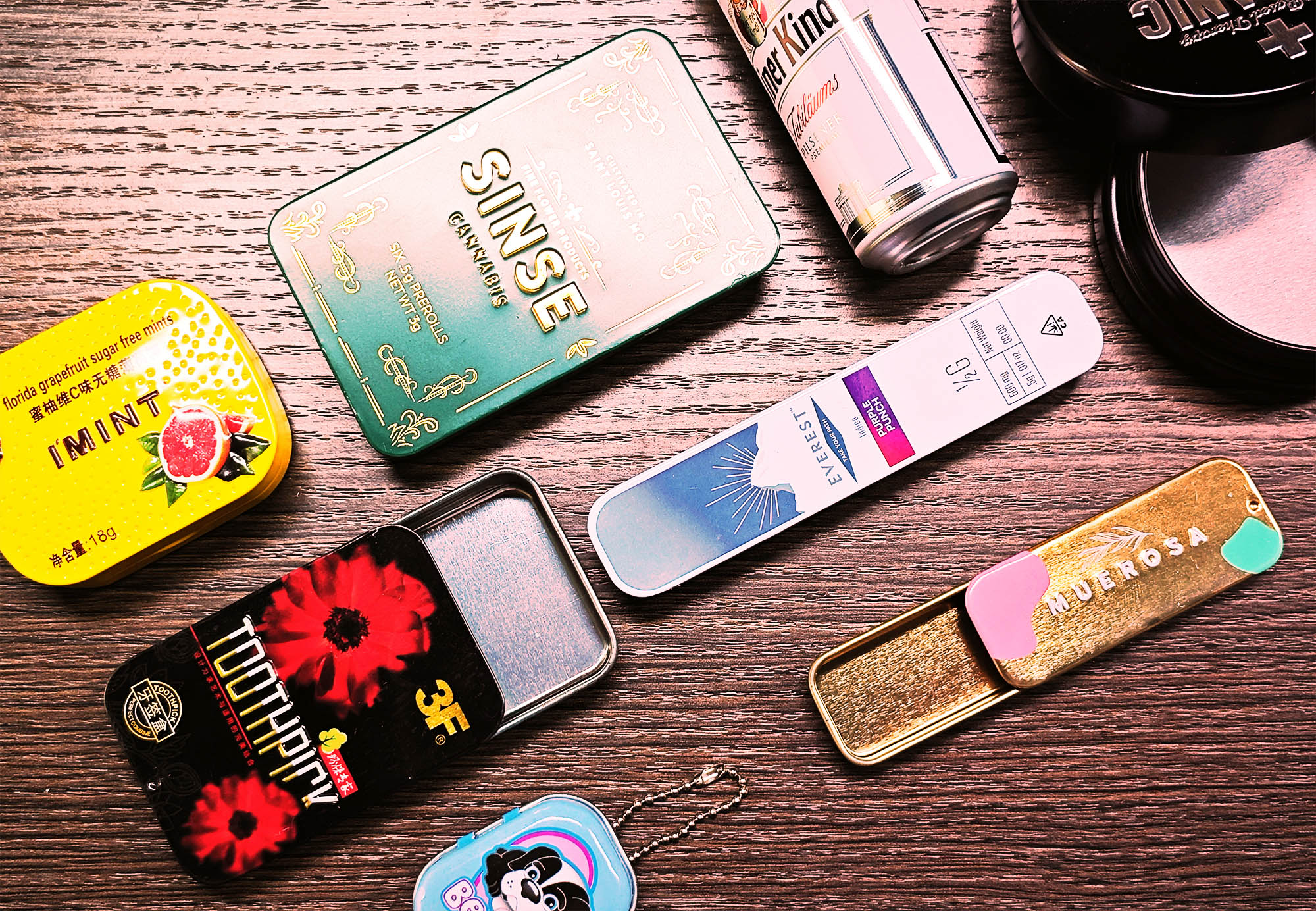Advanced packaging products specialist - professional in tobacco and wine packaging, confectionery packaging, gift packaging, child-resistant packaging and more.
 Christmas is a time of joy, love, and giving. It's a season that brings families and friends together, creating beautiful memories that last a lifetime. One cherished tradition during this festive period is the exchange of gifts. And what better way to present these thoughtful tokens of affection than in a Christmas gift tin box? In this article, we will explore the charm and versatility of these timeless containers, highlighting why they make the perfect choice for your holiday presents.
Christmas is a time of joy, love, and giving. It's a season that brings families and friends together, creating beautiful memories that last a lifetime. One cherished tradition during this festive period is the exchange of gifts. And what better way to present these thoughtful tokens of affection than in a Christmas gift tin box? In this article, we will explore the charm and versatility of these timeless containers, highlighting why they make the perfect choice for your holiday presents.
Read more: The Joy of Christmas Gift Tin Boxes: A Perfect Blend of Tradition and Elegance
Christmas is a time of joy and celebration, but also a time of stress and anxiety for many people who have to find the perfect gifts for their loved ones. If you are one of them, you might be wondering how to wrap your presents in a way that is attractive, durable, and eco-friendly. Well, look no further than the Christmas gift tin box!


Read more: Why You Should Choose a Christmas Gift Tin Box for Your Presents
A tin box is a metal container of thin steel coated with tin. It is widely used for packaging various products, such as food, candy, tea, coffee, cosmetics, jewellery, and gifts. Tin box has many advantages and disadvantages as a packaging material. Here are some of them:

Advantages:

Tinplate boxes are metal containers of thin steel coated with tin to prevent rusting.
They have been used for packaging various products since the 17th century when they were first produced in Bohemia and Saxony. Tinplate boxes were introduced to England by Andrew Yarranton and Ambrose Crowley, who learned the process of making them from Dresden in 1667. They set up a mill in Worcestershire to produce tinplate boxes for frying pans and other items.
Read more: The History of Tinplate Boxes: From Bohemia to the Modern World

Child-resistant packaging or CR packaging is special packaging used to reduce the risk of children ingesting hazardous materials. This is often accomplished by the use of a special safety cap. It is required by regulation for prescription drugs, over-the-counter medications, Nicotine Containing Electronic Cigarette devices or Refill containers that can contain Nicotine EUTPD 36.7 pesticides, and household chemicals. In some jurisdictions, unit packaging such as blister packs is also regulated for child safety.



